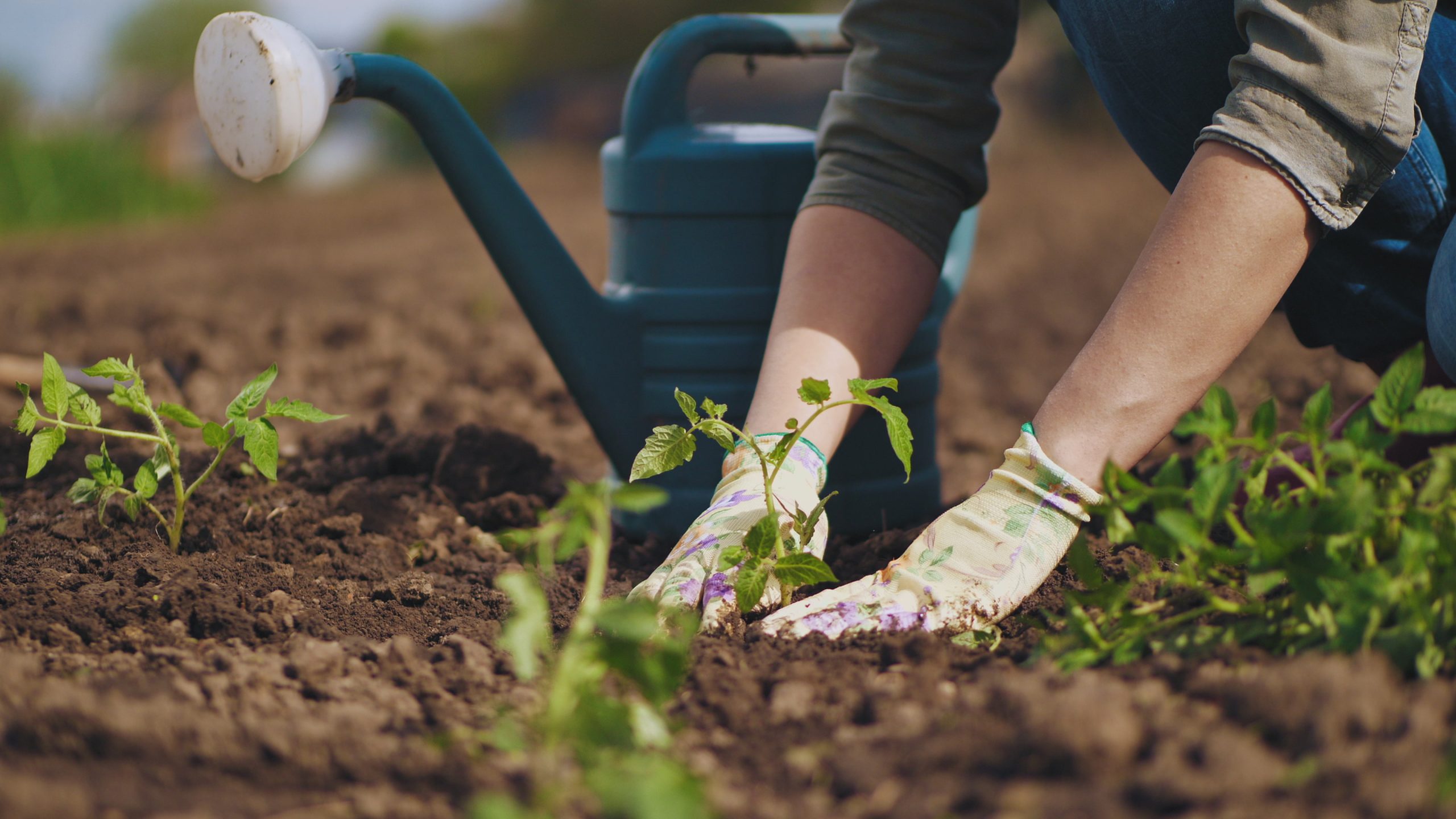Tired of making frequent trips to the grocery store only to find bottom-of-the-barrel, last-pick vegetables left in the bin? There is a solution! Whip out your grandma’s gardening gloves, because it’s time to start planting your very own garden. Following these easy steps, you can ensure proper planting conditions and maintenance that will produce wonderful vegetables for the upcoming season.
1. Determining your growing zone
Knowing your local soil type is crucial to starting a garden. Your technique and maintenance could be world class, but if the seeds and soil aren’t compatible, your sprouts may not even reach the top of the ground. Figuring out your growing zone will help you make the right decisions about what to grow and when by giving you an estimated date for the first frost of the fall and last frost in the spring. You can utilize websites, such as garden.org, to determine what zone you live in based on your zip code. Several websites even give personalized recommendations of what produce is suitable for your zone type!
2. Choosing your seeds
Now is the fun part! With your zone type in mind, explore what vegetables are best fit for your spring garden. Below are a few outdoor vegetables typically suitable in many regions that can be sown throughout the weeks of spring.
Lettuce is a cool-season crop that prefers cooler temperatures and partial shade. Because of its shallow roots, it requires daily watering and sometimes more on hot summer days.
Broccoli is a cool-season crop that has a harvest around late spring and early summer. It requires full sun and frequent watering.
Corn is a warm-season vegetable that can be planted once the average soil temperature reaches 60 F. To maintain, give it plenty of space and sunlight.
Tomatoes are great warm-season vegetables that can be sown after the last frost date in spring. To maintain, give them full sunlight and well-drained soil.
Peppers can also be planted in the spring after the last frost date. Both sweet and hot peppers are suitable for this time of year.
3. Maintaining your garden
After you’ve planted your seeds in their proper environments, make sure to also give them daily attention to help support their growth throughout the season! Such things include:
Watering to maintain a moist, but not overly saturated, soil texture. It’s important to only water the soil and not the leaves or stems to avoid the plant from developing mold.
Fertilizing with natural compost or fertilizer to supply your vegetables with key nutrients.
Weeding out pesky weeds on a weekly basis, or how you best see fit. Weeds are harmful since they compete for the same water, sunlight and soil nutrients that your crops need.
Pruning by removing dead foliage while simultaneously encouraging airflow.
We hope you have a splendid time soaking up the sun alongside your new and fresh spring garden. And remember, gardening doesn’t have to only happen during the spring. You can refer back to these general guidelines for any season, and adjust based on your weather conditions. Happy gardening!
—
Featured Image via Adobe Stock

